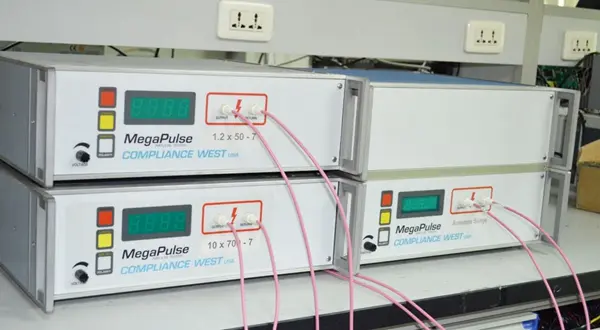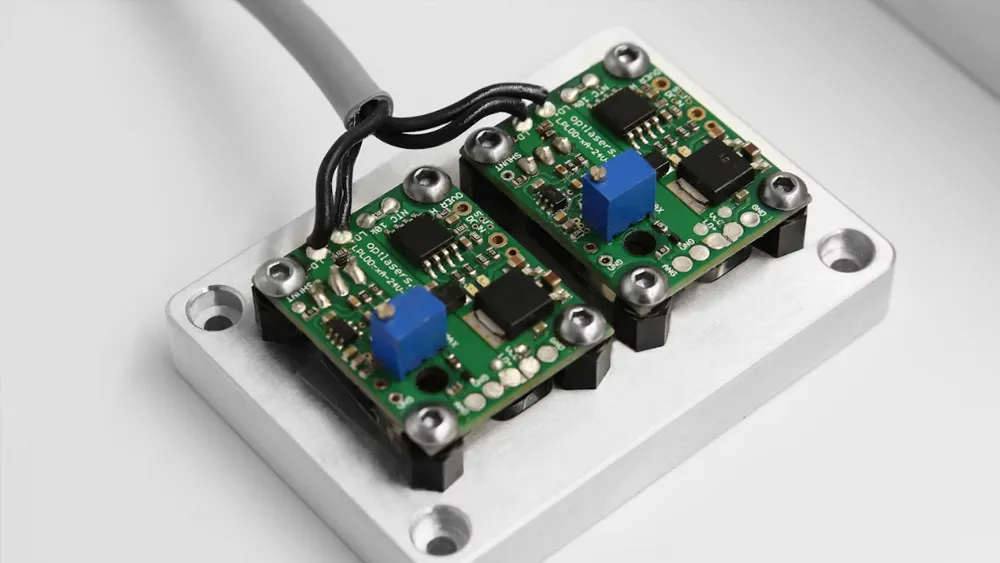
CPSIA Compliance for Heavy Metals
CPSIA (Consumer Product Safety Improvement Act) is a significant U.S. law enacted in 2008, aimed at strengthening the safety regulation of children's products. It ensures that products are free from harmful substances and comply with mechanical, physical, and chemical safety requirements. The law applies to all products intended for children aged 12 and under, including toys, clothing, furniture, stationery, and baby products.

CPSIA Requirements
1. Lead Content Limit:
Lead content in children's products must not exceed 100 ppm, and in surface coatings, it must not exceed 90 ppm.
2. Phthalates Limit:
Specific phthalates in materials used for children's care products or toys must not exceed 0.1%.
3. Tracking Label Requirement:
Children's products must have tracking labels indicating manufacturer name, production date, batch number, etc., to facilitate product recalls and quality traceability.
Relevant U.S. Federal Regulations (CFR)
1. 16 CFR Part 1501: Standards for small parts to prevent choking hazards for children aged 3 and under.
2. 16 CFR Part 1500: General requirements covering flammability, toxicity, corrosivity, and suffocation hazards.
3. 16 CFR Part 1303: Regulation limiting lead content in coatings on children's products.
4. 16 CFR Part 1610: Flammability standards for textiles; applicable if children’s learning products contain textile components.
ASTM F963 Standard
The ASTM (American Society for Testing and Materials) establishes mandatory safety standards for children's toys. While primarily for toys, many children's learning products must comply as well. Tests include:
- Physical and mechanical performance
- Flammability
- Total lead content
- Specific element migration
- Phthalates
- Small parts
- Accessible edges, protrusions, and points
Compliance Information
Children's learning products sold on platforms like Amazon must meet safety and compliance standards for the target market. Certification requirements vary by country/region. Key compliance points for major markets are as follows:
1. U.S. Market Compliance
CPSC Certification (U.S. Consumer Product Safety Commission)
All children’s learning products (for ages 12 and under) must meet CPSC safety standards, including:
- ASTM F963-23: Safety standards for children's toys (chemical, physical/mechanical, flammability, electrical safety, etc.).
- CPSIA (Consumer Product Safety Improvement Act):
- Lead Content: ≤100 ppm in materials (≤90 ppm in paints).
- Phthalates: DEHP, DBP, BBP, etc. ≤0.1% (for accessible parts).
- Tracking Labels: Permanent traceability information (manufacturer, production date, batch, etc.).
Category-Specific Requirements:
- Stationery (e.g., crayons, colored pencils): Must pass AP or ACMI certification (non-toxic).
Liquid inks or paints must comply with ASTM D4236 labeling (“Non-Toxic”).
- Learning Tools (e.g., scissors, rulers): Sharp parts must meet ASTM F963 mechanical safety requirements; plastic parts contacting the mouth must pass FDA food-contact material certification.
- Electronic Learning Devices (e.g., reading pens, tablets): Must meet FCC (EMC) and UL (battery/electrical safety) certifications; lithium batteries must pass UN38.3 and air transport safety tests.
Children’s Product Certificate (CPC Certification)
Sellers must provide a CPC certificate issued by a CPSC-recognized laboratory for each batch, including:
- Product name, applicable age, test standards
- Manufacturer information, testing lab address, and test date
---
2. EU Market Compliance
CE certification (Basic Safety Certification)
All children’s learning products must comply with the EU Toy Safety Directive (TSD, 2009/48/EC) or EN 71 series standards:
- EN 71-1: Physical and mechanical properties (small parts, sharp edges)
- EN 71-2: Flammability
- en 71-3: Migration of specific elements (lead, cadmium, mercury, etc.)
For “art materials” (e.g., paints, glue):
- EN 71-9 (organic compounds)
- EN 71-12 (aromatic amine migration)
reach regulation (Registration, Evaluation, Authorization of Chemicals)
- Test for SVHC (Substances of Very High Concern, >200 substances including phthalates, azo dyes).
- Products with plastic parts must comply with Annex XVII restrictions on phthalates (DEHP, DBP ≤0.1%).
Category-Specific Requirements:
- Stationery: Inks and adhesives must pass AP (AFNOR, France) or CE-EN 71-3 to prove low or non-toxicity.
Skin-contact stationery (erasers) must comply with cosmetic regulation EC 1223/2009 (if containing skincare ingredients).
- Electronic Learning Devices: Must comply with RoHS (restricting hazardous substances in electronics); batteries must meet UN38.3 and MSDS requirements.
ukca certification (UK Market)
Post-Brexit, products entering England, Wales, and Scotland must meet ukca standards (equivalent to EU CE, with UK-registered certification bodies).
3. Other Major Market Compliance
Canada
- CCPSA (Canada Consumer Product Safety Act): Must meet ASTM F963-17 or Canadian CAN/CSA-Z613.3 (toy safety)
- Lead ≤90 ppm; phthalates similar to CPSIA
- Electronics: ICES-003 (EMC) and NRCan (energy efficiency) certification
Japan
- ST Certification (Japanese Toy Safety Standards):
- Part 1: Physical/mechanical safety
- Part 2: Flammability
- Part 3: Chemical substances (formaldehyde, heavy metal migration)
- pse certification: Electrical safety for electronic learning products (e.g., rechargeable lamps)
Australia / New Zealand
- AS/NZS 8124 Series Standards: Equivalent to EN 71; tests physical, chemical, and flammability safety
- Electronics: RCM (Regulatory Compliance Mark for EMC and safety)
Email:hello@jjrlab.com
Write your message here and send it to us
 What is Amazon US CPC Certification?
What is Amazon US CPC Certification?
 UK Toy Safety Regulation Standard EN 71-13
UK Toy Safety Regulation Standard EN 71-13
 What is EU UFI Registration?
What is EU UFI Registration?
 EU UFI Registration for E-cigarette E-liquid
EU UFI Registration for E-cigarette E-liquid
 How to get the MSDS Report for Electronic Cigarett
How to get the MSDS Report for Electronic Cigarett
 Prop 65 Warning on Appliances
Prop 65 Warning on Appliances
 Apparel Heavy Metal Testing
Apparel Heavy Metal Testing
 Can You Conduct Lab Tests to UL Standards
Can You Conduct Lab Tests to UL Standards
Leave us a message
24-hour online customer service at any time to respond, so that you worry!




